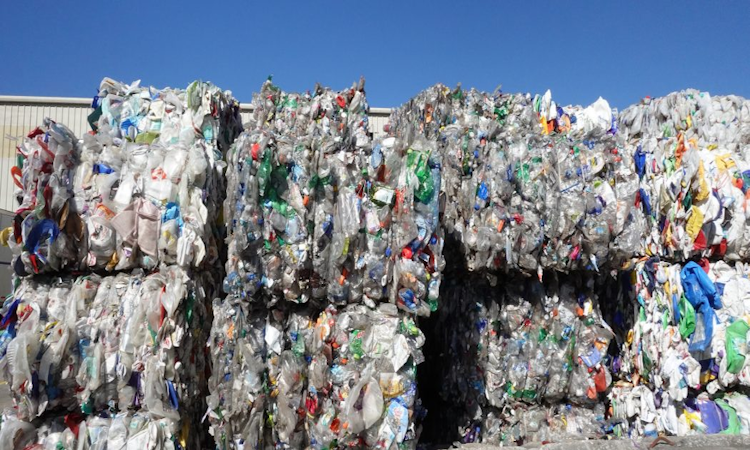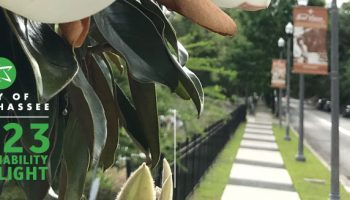What is waste recovery in Gainesville, FL
The Gainesville waste incinerator operates entirely with electricity produced during the combustion of waste. In addition, it provides a third of the electricity consumed by the city.
A large part of our waste is made up of organic materials (kitchen waste and green waste). Biological treatment allows them to be valorized.
Organic waste from household waste (kitchen waste) is treated in a biomethanization installation, also called a digester, where it is degraded by microorganisms. The methane (also called biogas) which is released during this process is harvested and can be used as fuel (some buses today run on methane).
Green waste from gardening and the maintenance of green areas is composted in composting centers and thus transformed into natural fertilizer for vegetable plots and gardens.
Energy recovery
The part of the waste that cannot be recycled, composted or transformed into methane is incinerated. By burning waste, incinerators produce heat. Today, we equip incinerators with turbines that transform this heat into electricity. This electricity is used to operate the incinerator or sold back to the distribution network. In these cases, we speak of energy recovery from waste.
Gainesville final elimination
According to waste reduction experts at the Gainesville Dumpster Rental Center, waste that is neither recycled nor otherwise recovered is deposited in a landfill (called a “Technical Landfill Center”). This is the least sustainable waste disposal solution because – apart from the fact that it presents many disadvantages for the environment and human health – it does not reduce the quantity of waste. The waste that is buried in this way persists. What will people think 1,000 years from now when they come across our buried waste, digging into what, to them, will be a beautiful green hill?
The main principles of the Gainesville Waste Plan
- Give priority to prevention in order to reduce waste production.
- Promote the recycling and recovery of waste produced and advocate the selective collection of this. Apply selective collection to combat “everything in the trash”,
- Avoid landfilling as much as possible and only use the Technical Landfill Center for final waste.
- Make the private sector responsible by imposing a general obligation to take back the waste it generates (packaging, household appliances).
My sustainable actions every day
Here are the steps to improve waste recovery.
- I avoid all disposable and single-use products (cups, wipes, razors, single-dose cosmetic products, etc.).
- I avoid overpackaging: I choose bulk or large packaged products and returnable packaging.
- I use a water bottle and a sandwich box for my snacks.
- I compost my organic waste.
- I don’t change my entire wardrobe every new season. I buy a few new pieces, which I combine with the old ones. Instead, I choose good quality clothes that I will still like next year.
- I don’t change my mobile phone every 6 months. I keep it until it no longer works.
- Instead of throwing them in the trash, I take my small electrical devices (GSM, MP3, camera, etc.) out of use to the container park so that they can be treated and recycled according to the rules of the art.
- To operate my small electrical devices, I choose rechargeable batteries.
- I print my sheets on both sides and I keep the old papers printed on one side to make scrap sheets.
- I choose refillable pens, where you simply replace the lead when they are worn out rather than having to throw away the whole pen.






